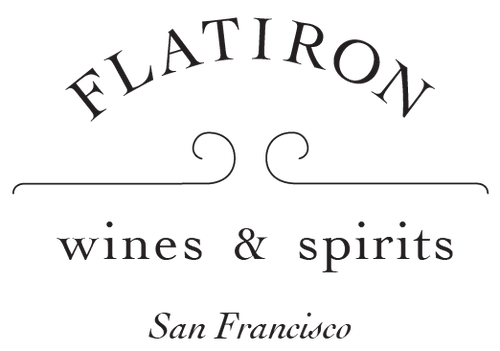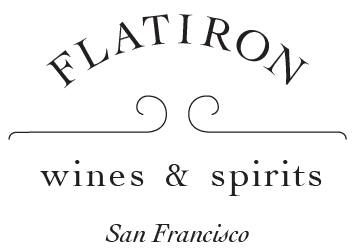Dear Extra Brut Friends,
What does it mean for a Champagne to age — and how can two wines of such different timelines feel equally alive?
Champagne isn’t just shaped by where it’s grown — it’s shaped by when it’s released, and how it gets there. Most wines are aged in a large vessel – usually a tank or a barrel – then bottled and held briefly before shipping. Winemakers can adjust the timing of these steps to shape how the wine will show on release.
But Champagne is… more (as usual!). It starts like a normal wine, by aging in tank or barrel. But then that still wine goes into a bottle for the second fermentation (which makes the bubbles). Following that second fermentation the wine will age for anywhere from 12 months to, well, as we will see today, many years. Then, when the winemaker is happy, they will disgorge the spent lees and seal the bottle with a cork. Then, of course, the winemaker will age the final wine under cork until they decide it is ready to drink.
This month, we’re featuring two wines that take very different approaches to time. One is a grower Extra Brut from the Côte de Sézanne, built from the 2016 vintage (with some 2015) and aged for nearly six years after disgorgement. The other is a 2012 vintage Champagne that was aged for a decade on the lees before being disgorged in March 2023.
You might assume that the younger, 2016-based wine is fresh and the 2012 much more mature. That’s what you’d get if this were Burgundy. But in fact, both wines are vibrant and complex, each showcasing how time, handled with care, doesn’t dull a wine’s energy—it sharpens its character.
These wines invite us to think about how Champagne ages:
- Is it aging after disgorgement, under cork, where air slowly polishes the wine?
- Or is it aging on the lees (what they call, sur lattes), where yeast contact builds texture and savor?
The Barrat-Masson shows how a wine can deepen after disgorgement while retaining its mineral core. The Bertrand-Delespierre, by contrast, is all about what long lees aging can do to build elegance and complexity without diminishing freshness. Different techniques, different timelines — both precise, both expressive. And most importantly: both delicious!
Cheers!
Your friends at Flatiron Wines


![Bottle of Barrat-Masson Champagne Extra Brut Grain d'Argile NV ['16 Base]-Sparkling Wine-Flatiron SF](http://sf.flatiron-wines.com/cdn/shop/files/Bottle-of-Barrat-Masson-Champagne-Extra-Brut-Grain-dArgile-NV-16-Base-Sparkling-Wine-Flatiron-SF_{width}x.jpg?v=1743634596)





